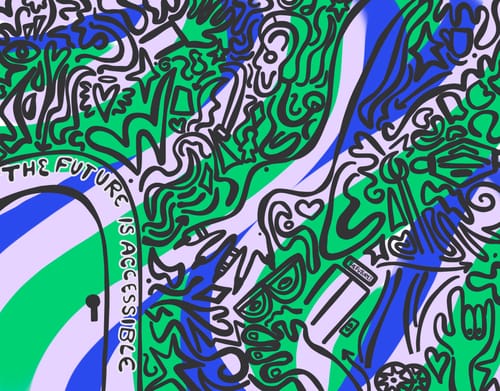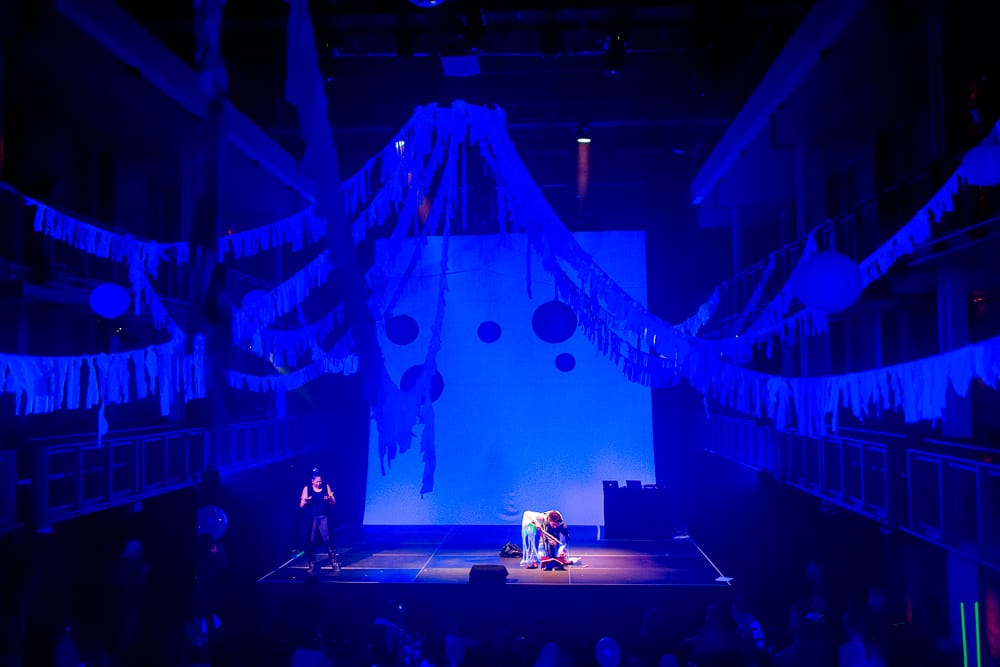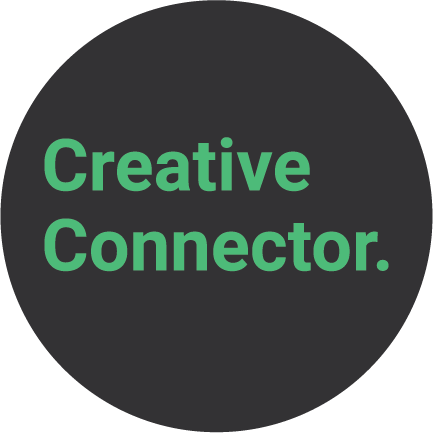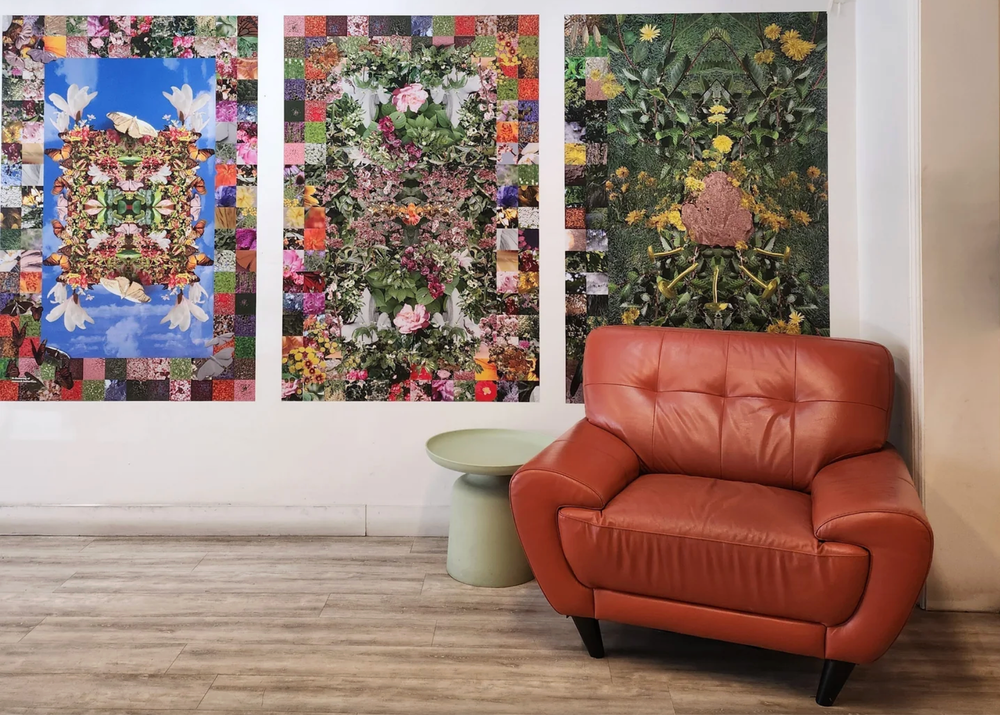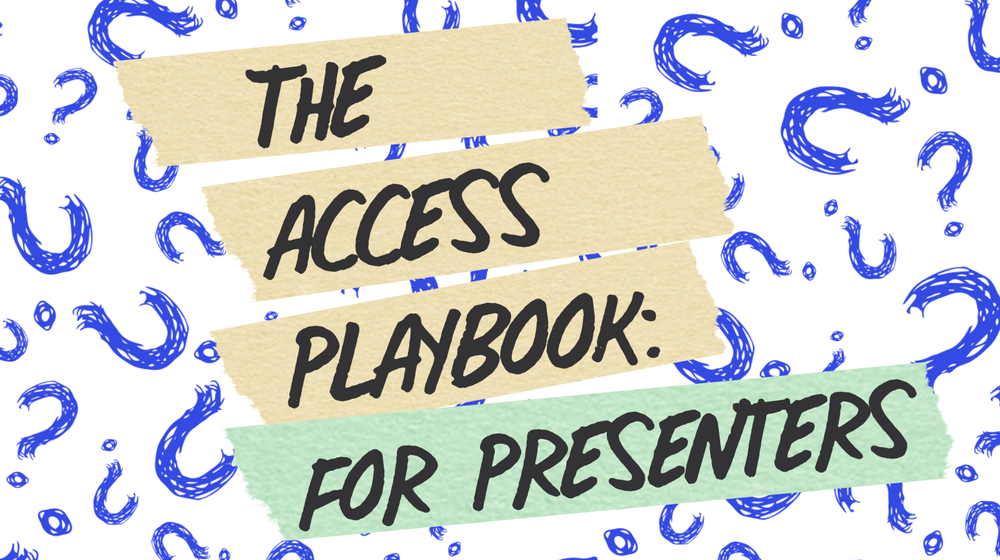It’s a hard time to be an artist or arts leader in Canada.
Arts funding is shrinking across the country, and organizations are being asked to do more with less while facing staff burnout, rising living costs, and increased competition for limited funding. The rapid rise of AI has added new layers of uncertainty about creative labour and authorship. Around the world, we're witnessing troubling signs of authoritarianism and the devaluation of human rights and equality.
In times like these, it can be tempting to retreat — to cut programs, scale back risks, and focus on survival. But this might also be precisely the moment when social innovation and human-centred practices are more urgent than ever.
It’s a way to reassert a commitment to our communities and improve lives. It’s a way to say: the arts belong to all of us.

The state of Disability representation in the performing arts
Across Canada, Deaf and Disabled artists are creating some of the most innovative and thought-provoking work in the performing arts. Yet too often, their work doesn’t make it onto our stages.
Many arts leaders and presenters are eager to change this but don’t always know where to begin, how to sustain the work, or where to find the right support.
With support from the Government of Canada, Creative Connector set out this year to explore what is holding back Deaf and Disability inclusion in the performing arts and design a pilot training program that helps move the needle forward.
We held focus groups and conducted interviews with dozens of artists, presenters, and arts leaders across Canada and asked them what’s really standing in the way and what it would take to remove those barriers.
The result is both sobering and inspiring. Yes, the barriers are deep and systemic, but there’s also tremendous hope and a growing community of arts workers who want to do better. Across every conversation, we heard a shared desire to change the story — to move from reactive fixes to long-term and sustainable practices.
Despite growing awareness, Deaf and Disabled artists remain significantly underrepresented in Canada’s performing arts. Research from the Canada Council for the Arts found that these artists continue to face a complex web of economic, social, and institutional barriers.
Examples of what this looks like include:
- An artist and wheelchair user who can get into an audience but not onto the stage.
- A Deaf artist whose interpreter wasn’t booked until the day before opening night.
- An artist on disability support is forced to turn down paid opportunities because earning too much could jeopardize their access to supports.
- A performer turned pro-bono consultant because the organization hadn’t budgeted for access.
To paraphrase what one artist told us, “We’re invited into conversations, but rarely into the actual creation.”
We know from our research that it’s not that presenters don’t care — many do, but the roadmap to deliver access isn’t clear. As one participant put it, “There’s a fear of doing it wrong, so people do nothing at all.”
What presenters are saying
We heard from presenters from small grassroots organizations to major institutions, and the challenges were strikingly similar.
Physical Accessibility
Many rehearsal and backstage spaces are still inaccessible, especially in heritage buildings. Audience areas have improved, but performer spaces remain largely inaccessible.
Knowledge Gaps
Over half of arts leaders we surveyed said they lacked training or resources to confidently engage with Deaf and Disabled artists. Accessibility is often misunderstood as a technical fix, not a creative collaboration.
Financial Constraints
85% of the presenters we spoke to said cost was their number-one barrier, including some of the largest organizations we spoke to. Many presenters shared that while they can pay artist fees, covering the additional costs of interpreters, captioning, and/or access support often feels out of reach.
Cultural Barriers
The performing arts sector often operates under intense pressure — tight timelines, long hours, and the idea that “the show must go on” no matter what. For many artists and arts workers with disabilities, that pace leaves little room for rest, flexibility, or recovery time. As one artist noted in our research, this culture of constant urgency can be a major barrier to meaningful participation.
Fear and Fatigue
In a time of economic uncertainty, many organizations are stretched thin. They want to invest in accessibility but worry it’ll be another thing they can’t sustain.
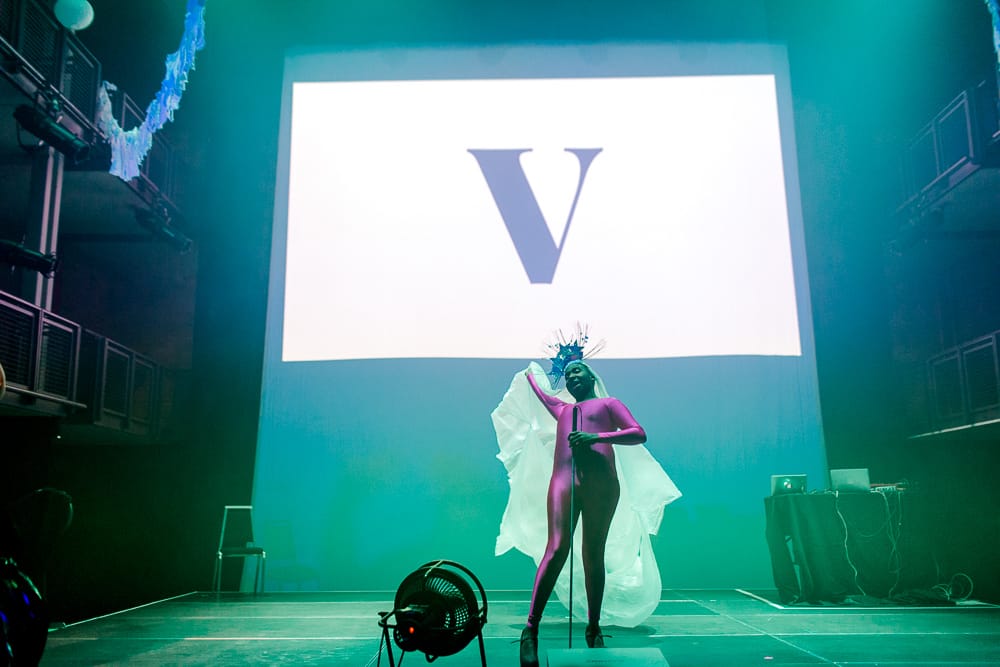
What Deaf and Disabled artists are saying
Artists we spoke with described exhaustion and optimism in equal measure. They’re tired of being asked to educate others without pay. They’ve seen access promised but not delivered. And still, they continue to create, adapt, and lead change from within.
Their message to presenters was simple: “We don’t need perfection. We need honesty, respect, and a willingness to learn.”
Artists want to be creators, not consultants. And they’re clear that accessibility isn’t charity; it’s a cultural practice that strengthens work and organizational models.
Systemic barriers beneath the surface
While many of the barriers artists experience are visible — inaccessible stages, a lack of interpreters, underfunded access measures — others are deeply systemic and lie beneath the surface.
Inconsistent Funding Models
Funding structures for accessibility vary widely across Canada. Some programs, like the Canada Council for the Arts, have long-standing commitments to supporting Deaf and Disability arts through dedicated streams and research initiatives. Others, however, still treat accessibility as a secondary or optional expense, requiring applicants to justify access costs within general project budgets. Also, many funders require applicants to identify accessibility costs upfront, which is not feasible, as much of this information emerges later on in the creation process.
This inconsistent approach creates gaps in support and hinders sustainable participation. Project-based funding, which remains dominant, often leaves artists who require ongoing accommodations financially unstable.
Economic and Social Inequality
Research from the Canada Council for the Arts identifies economic inequality and systemic exclusion as central barriers. These aren’t abstract concepts — they shape daily reality for artists who must navigate disability support systems, inaccessible venues, and ongoing discrimination.
This undervaluing of Deaf and Disabled artists' contributions has tangible consequences: fewer opportunities for advancement, limited visibility, and greater precarity.
Career Sustainability and Self-Determination
Access barriers and negative perceptions of disability also affect long-term career sustainability. The Canada Council report warns that such barriers “deprive [artists] of real opportunities for professionalization and collaboration.” Without equitable access to training, networking, and touring, many are forced to abandon their careers not because of a lack of talent but because of systemic exclusion.
Yet many Deaf and Disabled artists are leading a paradigm shift. They’re calling for a move from accommodation to cultural democracy, a vision where they can fully participate in and lead cultural production. This requires both financial reform and new ways of thinking about artistic excellence, where access and creativity are inseparable.

Emerging practices that point the way
While the barriers facing Deaf and Disabled artists are deep-rooted, our research also surfaced a wave of innovation — Deaf and Disability-led practices that reimagine how access is embedded into creation, production, and leadership.
Across Canada and around the world, artists and organizations are moving beyond compliance toward access as culture — integrating disability and care into the very DNA of their work.
Some of the most exciting examples we identified in Canada include Theatre Passe Muraille's Accessibility Labs, Ontario Presents’ Slow Touring Pilot Project, and Balancing Act's Level UP! Initiative exploring care-centred strategies for arts and theatre workspaces.
What presenters are asking for — and how The Access Playbook delivers
Presenters told us they want to make their programming more inclusive, but they need more than good intentions — they need time, tools, and support to do it well.
When we asked what would help, the responses were remarkably consistent:
- Flexible funding that can adapt to evolving access needs.
- Practical training grounded in lived experience, not jargon.
- Peer learning and knowledge sharing with others navigating similar challenges.
- Plain-language tools that make access part of everyday planning.
The Access Playbook is designed to meet those needs — and the pilot showed that it works. Over three months, five presenters from Ontario — representing festivals and municipal theatres — took part in a six-lesson learning journey that combined demo videos, practical tools, case studies, peer cohort sessions and a micro-grant.
Each week focused on a different part of the access journey: understanding disability rights history, conducting audits, building trust with artists, budgeting for access, and creating actionable access plans.
The model was intentionally small and human-scaled: a mix of self-paced micro-lessons and guided cohort sessions that allowed participants to learn at their own pace while sharing real-life challenges with their peers.
What happened
- All five presenters developed actionable access plans for their upcoming seasons—each directing at least 50% of a micro-grant to programming Deaf and Disabled artists.
- Confidence grew measurably. Participants reported greater comfort using Disability language, conducting venue audits, and budgeting for interpreters and access supports.
- Practical tools stuck. The audit checklists, access-rider templates, and conversation guides are already being used in real interactions and decisions.
- Peer learning worked. Engagement was highest in peer cohort sessions and one-on-one coaching, where participants shared solutions to common challenges.
- Immediate results appeared. Presenters began revising policies and procedures, connecting with Deaf and Disabled artists in their community, training volunteers, piloting calming tents, and advocating internally for stage renovations.
“The Access Playbook sheds light on the grey area and illuminates all that is beautiful inside it while clearly articulating what matters and why.”
— Jeff Bray, Cultivate Festival Director and Pilot Participant
Why It Matters
The pilot confirmed what our research had suggested all along: when presenters are given clear, disability-led guidance, peer support and resources, accessibility moves from being a retrofit to becoming a foundation.
Pilot participants left with:
- A shared language for talking about access with artists and staff.
- Tangible plans they could act on immediately with the support of a small grant.
- Renewed confidence that inclusion is possible and sustainable.
As we move into the next phase, The Access Playbook is expanding into a national learning network — offering seasonal cohorts and adaptable templates for organizations of every size.
Join the next info session to learn more
We’ll share key insights from the pilot, demonstrate playbook tools, and answer questions about joining the next cohort.

Further Reading and References:
The Access Playbook Literature Review and Research Summary Report, Creative Connector (October 2025).
Snapshot of The Access Playbook Pilot: What we tried and What we learned, Creative Connector (October 2025).
Deaf and Disability Arts Practices in Canada, Canada Council for the Arts (February 2021).
Balancing Act Canada Level Up! Initiative: https://balancingactcanada.com/en/resources-for-organizations/
Ontario Presents’ Slow Touring Pilot Project: https://www.ontariopresents.ca/slow-touring-project
Theatre Passe Muraille’s Accessibility Labs: https://www.youtube.com/playlist?list=PLFP-alIAnu2zOE98pkKKh4kJvCSc4Cap3
